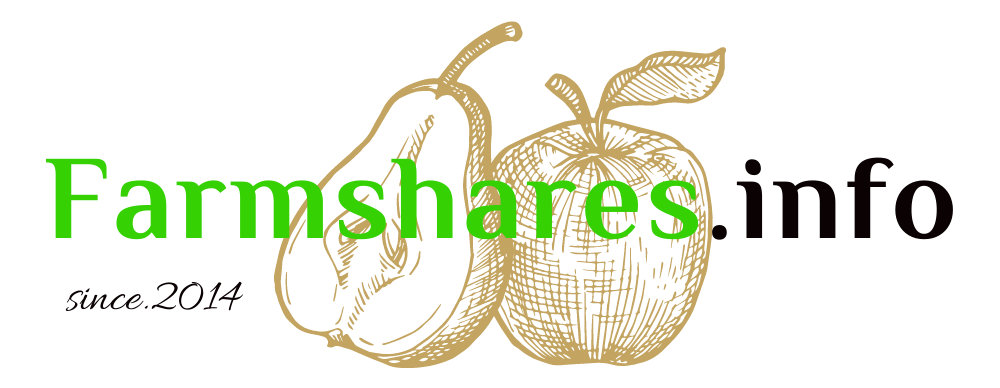
Aquaponics vs Hydroponics
Are you looking to take your gardening skills to the next level, but don’t know which system to choose? Look no further! In this article, we’ll explore the fascinating world of aquaponics and hydroponics, two innovative gardening methods that are revolutionizing the way we grow plants. Both systems offer unique advantages and challenges, so it’s essential to understand the differences before making a decision. Aquaponics combines aquaculture and hydroponics, creating a symbiotic relationship between fish and plants. This system is not only environmentally friendly but also produces nutrient-rich plants and fish simultaneously. On the other hand, hydroponics eliminates the need for soil altogether, allowing plants to grow in a nutrient-rich water solution. With precise control over nutrients and water, hydroponics offers faster growth and higher yields. So, whether you’re a novice gardener or an experienced horticulturist, join us as we dive into the world of aquaponics and hydroponics and help you choose the right system for your garden.
What is aquaponics?
Aquaponics is a sustainable farming method that combines aquaculture and hydroponics. In this system, fish are raised in a tank, and their waste products, such as ammonia, are converted into nutrients by beneficial bacteria. These nutrients are then circulated through the water to feed the plants, which are grown in a separate grow bed or raft system. The plants, in turn, filter the water, removing toxins and providing a clean environment for the fish. This symbiotic relationship between fish and plants creates a balanced ecosystem, where both thrive.
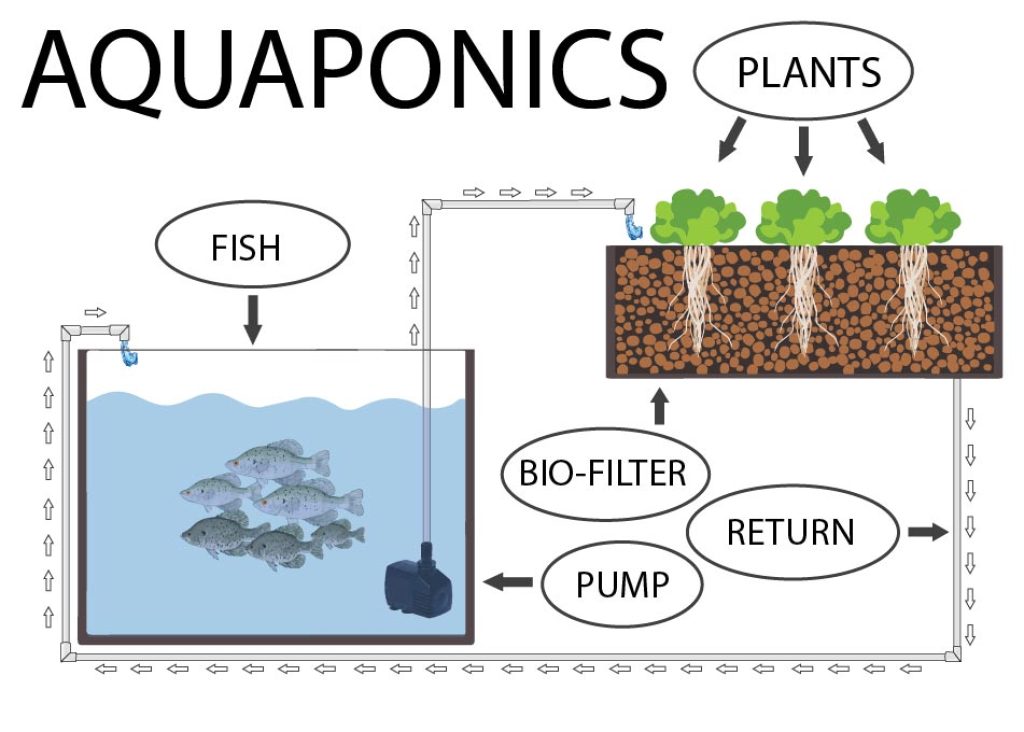
Aquaponics offers several advantages. Firstly, it is highly efficient in terms of water usage. Compared to traditional soil-based gardening, aquaponics uses up to 90% less water. This is because the water in the system is constantly recycled, reducing the need for additional irrigation. Secondly, aquaponics eliminates the need for chemical fertilizers. The fish waste provides a natural source of nutrients for the plants, resulting in healthier and more nutritious produce. Thirdly, this system is environmentally friendly. By using fish waste as a nutrient source, aquaponics reduces the pollution associated with traditional aquaculture, where excess nutrients from fish farms often end up in nearby water bodies, causing harm to the ecosystem.
However, there are also some challenges to consider. Aquaponics systems require careful monitoring and management to ensure the balance between fish and plants is maintained. Water quality, temperature, and pH levels need to be regularly monitored and adjusted. Additionally, setting up an aquaponics system can be more complex and expensive compared to traditional gardening methods. Proper filtration, aeration, and insulation are crucial to creating a stable and productive environment for both fish and plants. It is important to note that aquaponics may not be suitable for all types of plants. Some plants may require specific nutrient ratios or environmental conditions that may be challenging to achieve in an aquaponics setup. Overall, aquaponics is an innovative and sustainable gardening method that offers numerous benefits, but it requires dedication and attention to detail.
What is hydroponics?
Hydroponics is a soilless gardening method that allows plants to grow in a nutrient-rich water solution. In this system, plants are placed in an inert growing medium, such as perlite or coconut coir, and their roots are submerged in the nutrient solution. The nutrients are delivered directly to the roots, providing the plants with everything they need for optimal growth. As there is no soil involved, hydroponics offers precise control over nutrient levels, pH, and water content.
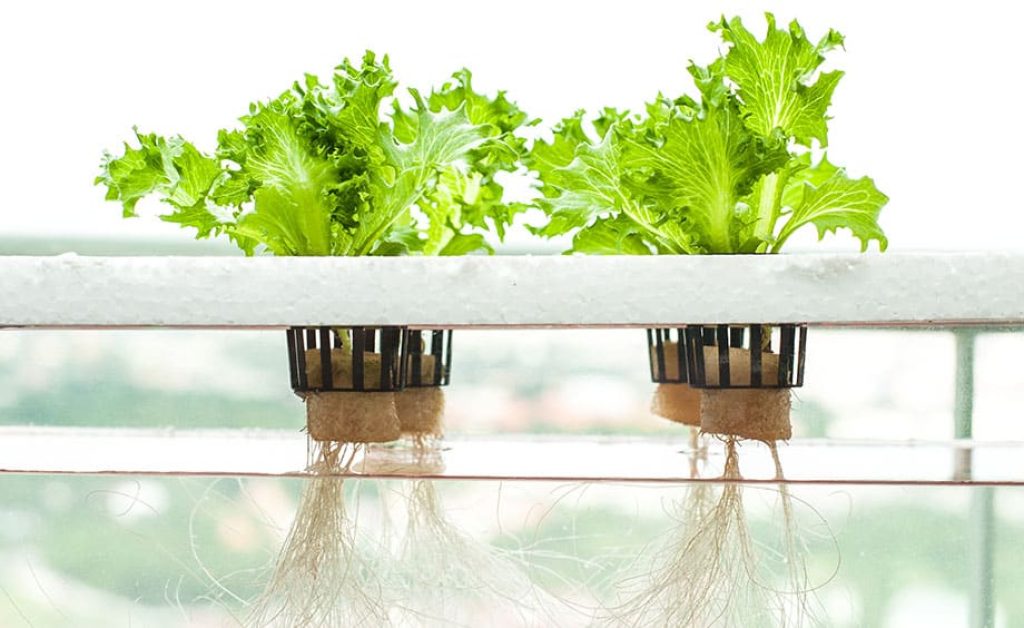
Hydroponics offers several advantages over traditional gardening methods. Firstly, it allows for faster growth and higher yields. Since the plants have easy access to nutrients, they can focus their energy on growth rather than searching for nutrients in the soil. This results in faster growth rates and larger harvests. Secondly, hydroponics conserves water. The nutrient solution is recirculated, reducing water usage compared to traditional irrigation methods. Additionally, hydroponics is a space-efficient system, making it ideal for urban gardening or areas with limited space. With vertical farming techniques, multiple layers of plants can be grown in a small footprint, maximizing productivity.
Despite its advantages, hydroponics has its challenges as well. The initial setup cost can be higher compared to traditional gardening methods. A suitable infrastructure, including grow lights, pumps, and nutrient delivery systems, may be required. Maintaining optimal nutrient levels and pH can also be a challenge. Regular monitoring and adjustment are necessary to prevent nutrient deficiencies or toxicities. Furthermore, plants grown in hydroponics systems are more susceptible to disease and pests, as there is no soil to act as a natural barrier. Proper sanitation and pest management practices are essential to ensure the health and productivity of the plants. Overall, hydroponics is a highly efficient and productive gardening method but requires careful management and investment.
Key differences between Aquaponics and Hydroponics
While both aquaponics and hydroponics are soilless gardening methods, there are key differences that set them apart. The main difference lies in the nutrient source. In aquaponics, fish waste provides the nutrients for the plants, while in hydroponics, the nutrients are added directly to the water solution. Aquaponics creates a closed-loop system, where the waste products of the fish are converted into nutrients by bacteria and then utilized by the plants. This symbiotic relationship between fish and plants creates a self-sustaining ecosystem. On the other hand, hydroponics relies on synthetic nutrient solutions to provide the necessary elements for plant growth. This gives gardeners precise control over nutrient levels and allows for customization based on specific plant requirements.
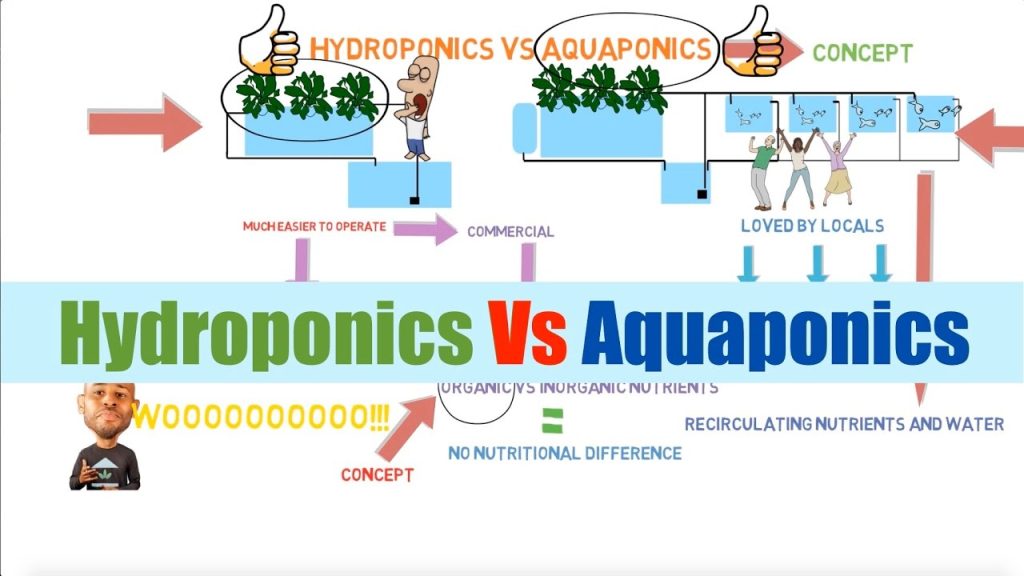
Another significant difference is the need for fish in aquaponics. In hydroponics, fish are not a requirement, and the system can function solely with the addition of nutrient solutions. This makes hydroponics a more straightforward system to set up and maintain, without the need for fish care and monitoring. Aquaponics, on the other hand, requires a balance between fish and plants. The health and well-being of the fish directly impact the success of the system. Regular monitoring of water quality, fish health, and feeding is necessary to ensure the symbiotic relationship is maintained.
Choosing the right system for your garden
When deciding between aquaponics and hydroponics, several factors need to be considered. The first is your gardening goals. Are you looking to grow plants for personal consumption or for commercial purposes? Aquaponics is well-suited for those who want to grow both plants and fish simultaneously, providing a sustainable food source. On the other hand, hydroponics may be more suitable for those looking to maximize plant growth and yield without the need for fish care.
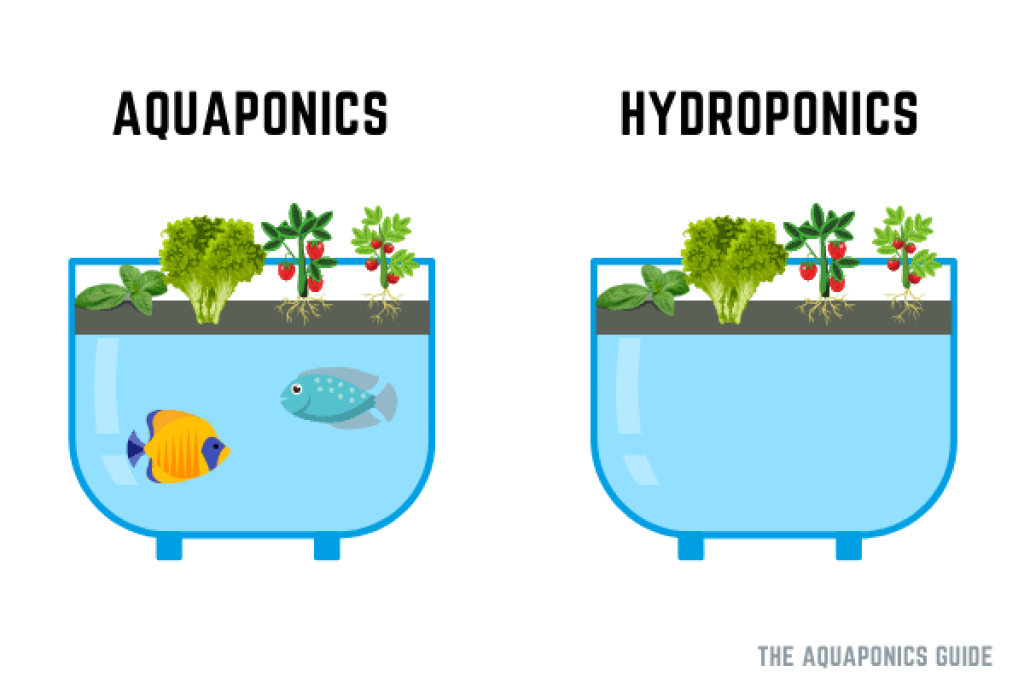
The available space is another important factor. Aquaponics systems tend to be larger and require more space due to the inclusion of fish tanks and grow beds. Hydroponics, especially vertical systems, can be more compact and space-efficient. If you have limited space, hydroponics may be the better choice.
Budget and time commitment are also crucial factors. Aquaponics systems can be more expensive to set up initially, as they require additional equipment and fish care. However, once established, they can be more self-sustaining and require less maintenance compared to hydroponics. Hydroponics systems may have lower upfront costs, but ongoing expenses for nutrient solutions and energy consumption should be considered.
Lastly, consider your level of experience and gardening skills. Aquaponics may require more knowledge and expertise, particularly in managing water quality and fish health. Hydroponics, while still requiring attention to nutrient levels and environmental conditions, may be more beginner-friendly and easier to troubleshoot.
Setting up and maintaining an aquaponics system
Setting up an aquaponics system requires careful planning and attention to detail. The first step is to choose the right fish species for your system. Different fish have different temperature and water quality requirements, so it’s important to select species that are suitable for your climate and available resources. Common choices include tilapia, trout, and catfish.
Next, you’ll need to set up the fish tank and grow bed. The fish tank should be large enough to accommodate the chosen fish species and allow for proper filtration and aeration. The grow bed can be filled with a suitable growing medium, such as gravel or expanded clay pellets. This is where the plants will be placed.
Once the system is set up, it’s crucial to establish the nitrogen cycle. This involves introducing beneficial bacteria that convert fish waste into nutrients for the plants. Cycling the system can take several weeks, during which time the bacteria population will gradually increase. It’s important to monitor water parameters, such as ammonia and nitrite levels, during this period.
Once the system is cycled, you can add the fish and plants. It’s essential to maintain water quality by monitoring pH, ammonia, nitrite, and nitrate levels regularly. Feeding the fish is also important, as their waste provides the nutrients for the plants. Regular testing and adjustments may be necessary to ensure a balanced ecosystem.
Setting up and maintaining a hydroponics system
Setting up a hydroponics system can be relatively straightforward compared to aquaponics. The first step is to choose the right growing medium. Options include perlite, vermiculite, coconut coir, or rockwool. The chosen medium should provide adequate support for the plants’ roots while allowing for proper water and nutrient absorption.
Next, you’ll need to set up the nutrient delivery system. This can include a reservoir for the nutrient solution, a pump to circulate the solution, and a timer to control watering intervals. The nutrient solution should be properly mixed according to the specific requirements of the plants being grown.
Once the system is set up, it’s important to monitor and maintain the nutrient levels and pH. Regular testing is necessary to ensure the plants receive the proper nutrients and to prevent nutrient deficiencies or toxicities. Adjustments can be made by adding or diluting the nutrient solution as needed.
Proper lighting is also crucial for hydroponics systems, especially if they are being grown indoors or in areas with limited natural sunlight. LED grow lights are a popular choice, as they provide the necessary light spectrum for optimal plant growth while being energy-efficient.
Lastly, pest and disease management are essential in hydroponics systems. Without the natural barriers provided by soil, plants are more susceptible to pests and diseases. Regular inspection, proper sanitation, and the use of organic pest control methods can help prevent and manage these issues.
Conclusion
Aquaponics and hydroponics are both innovative gardening methods that offer unique advantages and challenges. Aquaponics provides a sustainable and self-sustaining system that combines fish and plant cultivation. It offers water efficiency, nutrient-rich produce, and environmental benefits. However, it requires careful monitoring and management, as well as an investment in fish care. Hydroponics, on the other hand, eliminates the need for soil and allows for precise nutrient control, resulting in faster growth and higher yields. It is a space-efficient system that can be more beginner-friendly, but it requires attention to nutrient levels and pest management.
When choosing the right system for your garden, consider your gardening goals, available space, budget, and level of experience. Aquaponics may be suitable for those looking for a sustainable food source and are willing to invest in fish care. Hydroponics may be more suitable for those focused on maximizing plant growth and have limited space or budget. Whichever system you choose, both aquaponics and hydroponics offer exciting possibilities for taking your gardening skills to new heights. Happy gardening!
